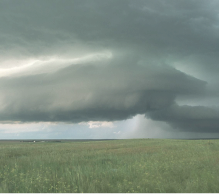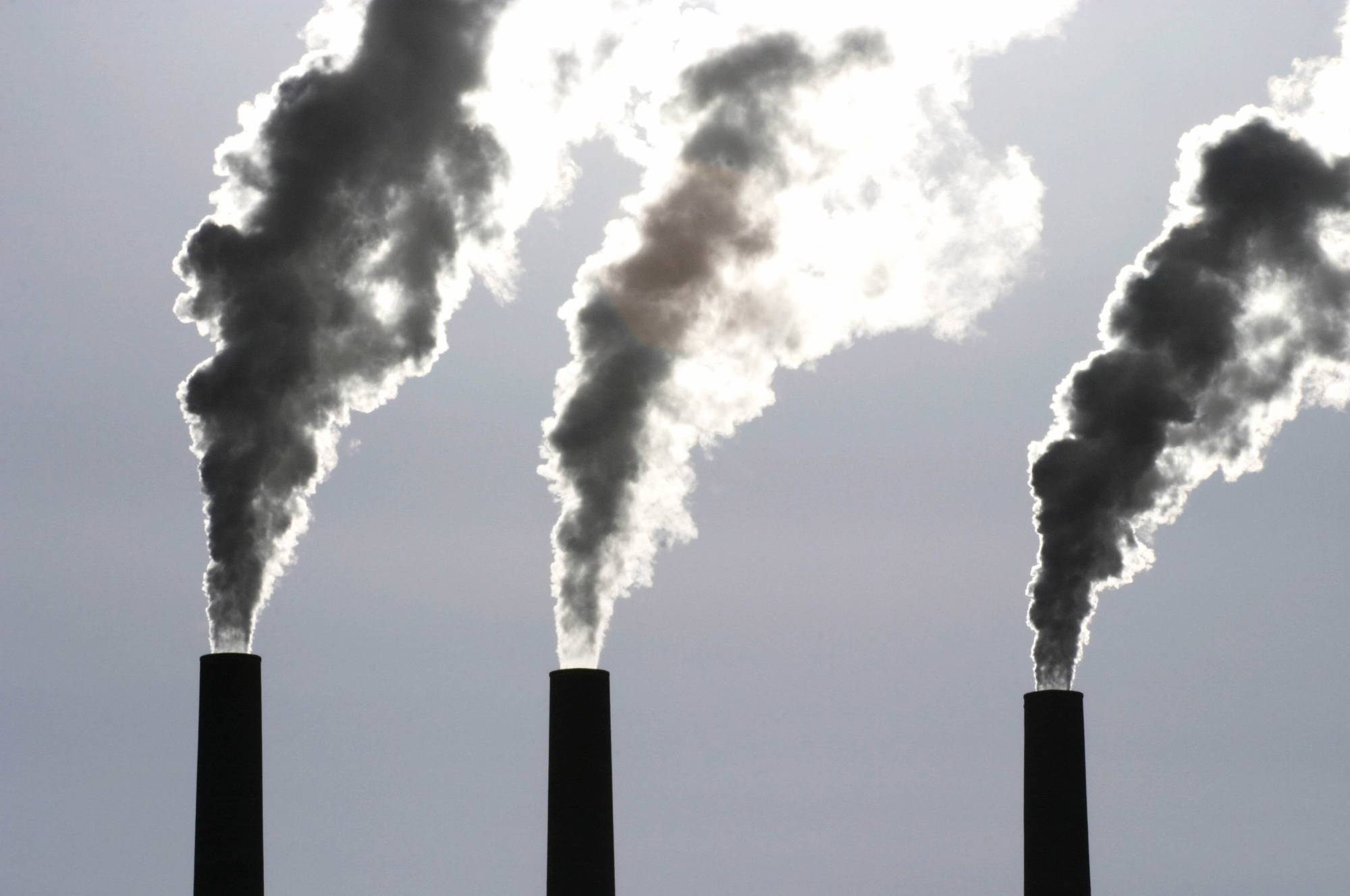Getty Images
Read the Latest
- Warren, Garamendi call for pause, review of nuclear bomb-building plan
- Working at Cold War Los Alamos
- AI Is a Windfall for Utilities. It’s Also a Political Headache
- The Smiling Buddha nuclear tests have a complicated legacy in India
- New Nuclear Weapons Testing ‘Would Be Really Damaging to U.S. interests,’ Expert Says
TopicsStories
Educational Resources
- Projects
- Events
- Our Team
- Stories and Resources
- Latest Stories
- Warren, Garamendi call for pause, review of nuclear bomb-building plan
- Working at Cold War Los Alamos
- AI Is a Windfall for Utilities. It’s Also a Political Headache
- The Smiling Buddha nuclear tests have a complicated legacy in India
- New Nuclear Weapons Testing ‘Would Be Really Damaging to U.S. interests,’ Expert Says
- Topics
- Educational Resources
- Newsletter
- Connect



